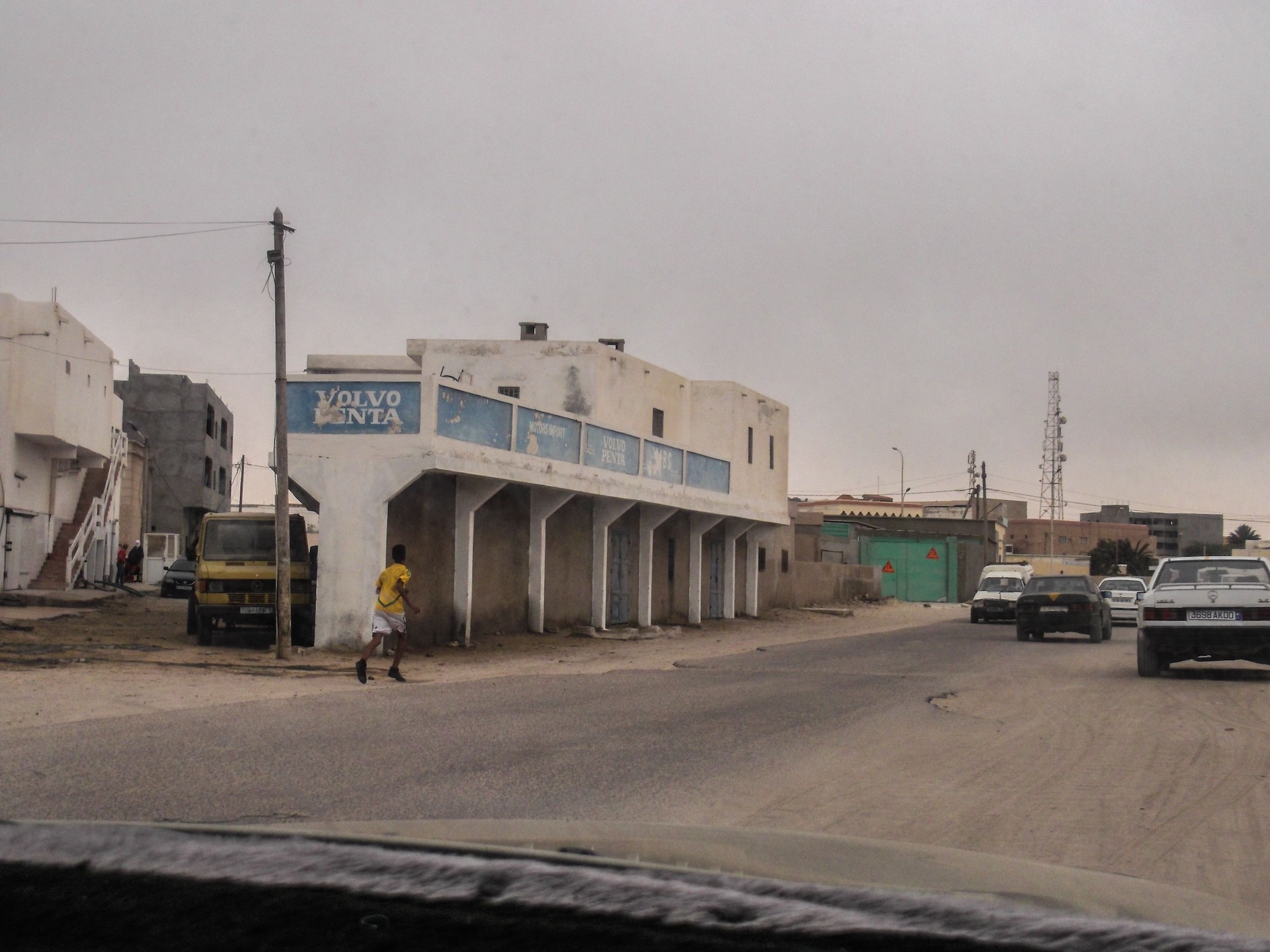Not only are classic Mercedes-Benz vehicles synonymous with luxury but they are also known for their exceptional durability. In certain places, they are akin to the German Toyota. A prime example is Mauritania, a country in north-west Africa. With two-thirds of its land covered in sand, it appears to be the home to a significant portion of the 1.87 million Mercedes W201s ever made.
Silver Stars Everywhere
Even though the import of the old mercs is decreasing, it would be very difficult to find another country that is as densely filled with the silver star badged cars as this one. Of course, if you look closely, you might find other means of transport here: Toyota Land Cruisers , Mercedes-Benz W124's (did not see a single W123), French creations from the 1980s and mule pulled carriages. All these vehicles, excluding the mules, are commonly considered unbeatable. Maybe at some point they will be replaced with the ever-growing Japanese cars from the 2000’s.
When we got in our 1980s Mercedes 190D cushy seats and turned the key it seemed that the engine is just getting ran in. It started and idled like in the car ad descriptions. All was well besides it: silent bump collecting ride, small traces of rust on the rear wheel arches and a few unsmooth driving results at the front.
Forward to Mauritania
If this country had a spine, it would be Nuadibu. It is its most important fishing capital, settled in a 60km long appendix like White Cape. I guess here, the anatomic comparisons can end, and the look around the city can begin.
Nuadibu colour scheme is dominated by dull grey-yellow shades, which require some adaptation from the European eyes. Near the unfinished/abandoned buildings, a luxurious villa can be found. It is a similar story with the cars: sometimes, in a crowd of beat-up survivors, a classic in showroom condition appears.
Driving in Nuadibu on the surprisingly good quality paved roads has its similarities with driving in Sicily. The horn must be used a lot to announce one's participation in traffic. Failing to do so might get you involved in an accident, which happens quite frequently here. The many accidents might also relate to how the driving exam is carried out. Many participants pass it without a vehicle. Introducing a sufficient amount of money to the instructor usually does the job. This 'exam' can be held by anyone 17 years of age.
Meanwhile, we were trying to reach the famous fish market without any new 'unsmooth' driving marks. By carefully limiting the power produced by our five-cylinder diesel engine, we made it, and it was difficult not to notice the unique car park at the gate. Bodywork rusted so bad that one could see through it, and windshields faded so much that one could not see through them anymore. Of course, that is no surprise, these vehicles are vital tools, and some of them have been serving for more than six decades. Luxuries like an interior or headlights are not a necessity; therefore, not all cars have them. The local mechanics probably use similar methods to keep these machines running as the Cubans.
After parking our Mercedes beside the enduring vehicles, we ventured inside. The overpowering stench guarding the entrance is indescribable, yet we persevered. Despite prohibited photography, the sight was perplexing—a coastline filled with countless fishing boats and a hangar housing stacks of fish on pallets. Our quest for more exotic fish proved fruitless, so we proceeded towards the beach. The route meandered through eerie neighbourhoods and eventually expansive sand and rock landscapes, exuding the essence of the Sahara Desert. The distinguishing factor was the tidal influence that left a layer of debris—a poignant reminder to recycle. As we followed our makeshift path, we reached the beach. Initially eager to swim, a sudden gust of wind blasting sand across our skin altered our plans. It became more enjoyable to cover every inch of our skin instead.
On our way back, darkness started to set in. It was nice to see that those who do not have headlights stay off the main roads. Unfortunately, those who do - use them as much as they can. High beam and fog light combinations on a clear night are a common sight. A blinding end to what was an eye-opening visit.
---
Discover your dream car within our Car Categories, or explore our Classic Passion Shop to uncover thrilling items from our associates!



























